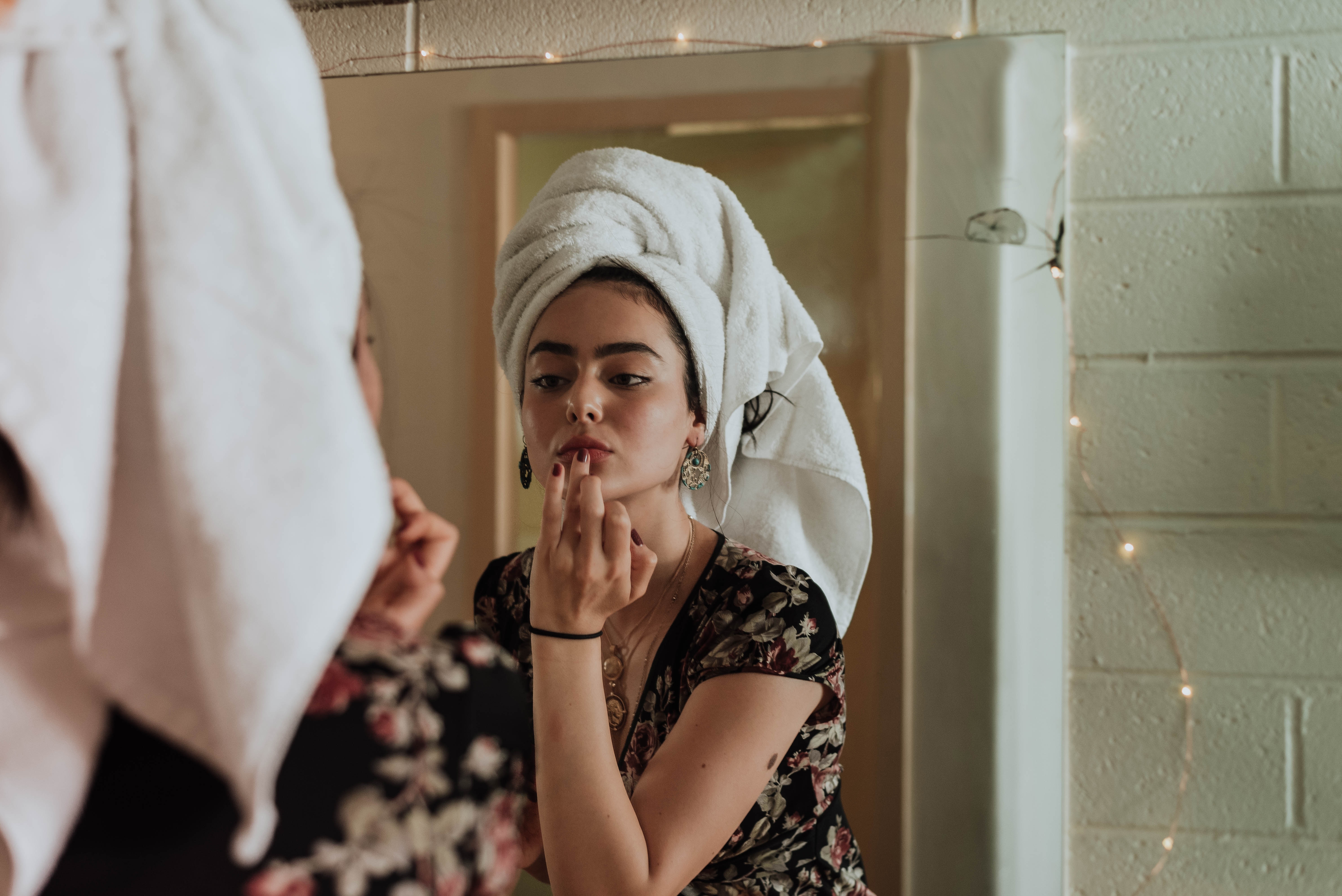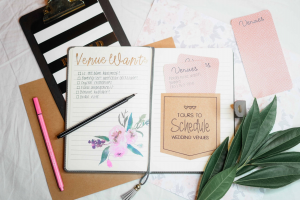Out with the late sunsets, backyard barbecues, beach days, and flip flops. In with the apple orchards, hayrides, pumpkin spice, and sweater weather. As our summer chapter comes to an end, so will many of our day-to-day lifestyle habits.
To keep your skin healthy through the seasonal transition, you’ll need to adapt your skin-care routine and the products you use to fit the changing weather. But how do you do this without breaking the bank?
First, it’s important to understand how our skin changes from summer to fall:
Why Skin Changes in the Fall
Shift in climate
During the summer, your skin has become used to relatively consistent temperatures. It’s finally started to adjust to the warmer climate, but with fall coming, your skin will have to re-adjust all over again. The shift from summer to fall will cause a drop in both temperature and humidity, making it more difficult for your skin to retain moisture.
Shift in lifestyle
With the change in seasons, your lifestyle habits will also change. In the cooler seasons, it’s common to take hotter showers and crank up the thermostat. However, this can exacerbate skin dehydration and lead to peeling, flaking, inflammation, and irritation. That’s why it’s crucial to be proactive and adjust your skin-care routine with the changing seasons.
Now that you know why your skin needs a change of routine in the fall, here are a few ways to make that transition seamless without spending too much:
Don’t Skimp on Hydration
A heavy moisturizer won’t keep up with the summer’s humidity and high temperatures. Many of you may use a lightweight moisturizer throughout the summer or refrain from using one at all, to keep your skin from looking slick or clogging your pores. However, as autumn approaches, using a moisturizer consistently is important to boost skin hydration.
You won’t be able to prevent skin dryness solely from buying a new expensive moisturizer that you’ll only use for a few months out of the year. For most skin types, the same moisturizer you use in the summer can also be worn year-round. To ensure your skin stays hydrated with the changing climate, you should also use a humidifier. If you don’t have one, you can make a DIY humidifier very easily to keep your skin hydrated!
Try Retinol
If you know about retinol, you know that it can cause sun sensitivity in the skin. This may have deterred you away from using retinol during the summer to protect your skin from sunburn. Or, on the other hand, you may have gotten a little too much sun exposure this summer, causing darker spots or fine lines to start developing. Luckily, this is where retinol can help.
Retinol can boost collagen production, increase cell turnover, and clean out pores. Because of this, retinol products can aid in acne breakouts, minimize fine lines and wrinkles, and reduce hyperpigmentation caused by sun damage. But, where do you start? There’s no need to conduct a trial and error with various over-the-counter retinol products. Instead, try speaking to a dermatologist directly to determine which type of retinol skin-care products are right for you. Oftentimes, this will save you money and ensure the product is actually going to help your skin.
Continue Exfoliating
Regular exfoliation is crucial for the health of your skin, both on your body and face. It removes dead skin cells, refines pores, and boosts circulation for glowing skin. Although your skin may become dryer and more irritated in the fall, this is no time to stop exfoliating.
Exfoliating is super easy and cheap to do because many common ingredients in your kitchen can do the trick. Some of the best exfoliating ingredients include salt, sugar, oatmeal, and baking soda. Regular exfoliation may also help prevent acne breakouts, ingrown hairs, and irregular skin texture that could cost you more to repair down the road. It’s also a great idea to exfoliate before shaving to prevent razor bumps from developing. Exfoliate your face, body, and lips about twice a week for maximum benefits.
Keep Up Your Water Intake
Drinking plenty of water in the summer is crucial to avoid heat exhaustion and to stay cool. As you transition into the cooler months, you may notice a shift in thirst and refrain from drinking as much water. However, staying hydrated is just as important during the cooler months since you’re more likely to experience dry skin.
To remind yourself to keep drinking water, try investing in a reusable water bottle that tracks your intake. This will not only help you keep track of how much water you’re drinking, but will save you from continuously spending money on single-use water bottles. You can also just follow the 8×8 rule and drink eight 8oz glasses of water throughout the day.
Don’t Quit SPF
Although the sun is weaker in colder weather, it still can affect the health of your skin. The sun’s rays can reflect off surfaces, such as snow, water, and glass, and hit your skin twice, causing double the damage. Additionally, the sun’s rays are stronger at higher altitudes so that fall hike may put you at risk for sun damage if you’re not careful.
Continue using SPF on exposed skin each and every day. The great thing about sunscreen is you don’t have to buy a new one based on the season. If you really want to save money, you can invest in dual-purpose skin-care or makeup products, which contain SPF in them. This way, you’re killing two birds with one stone!
Swap For a Hydrating Mask
Your skin may have not needed extra moisture during the summer, but now it’s time to break out the hydrating masks. Applying a mask once or twice a week is great for not only restoring skin hydration but also as a form of self-care. The best thing about masks is they’re easy to make right at home!
If you decide to make one yourself, be sure to include skin-hydrating ingredients like honey, avocados, jojoba oil, and oats. This is a cheaper option and will ensure you know all of the ingredients in your mask, which will save your skin from irritation.









